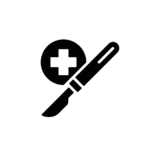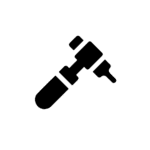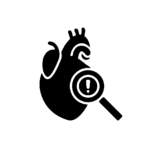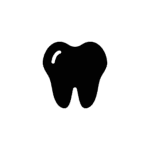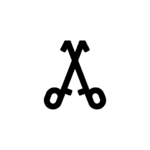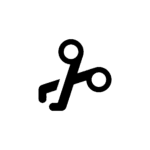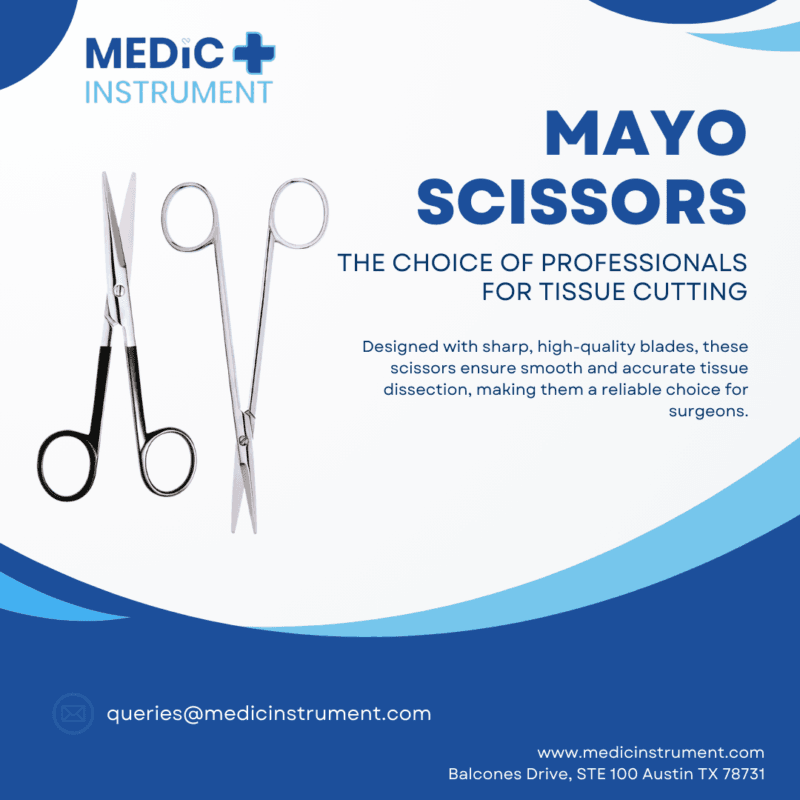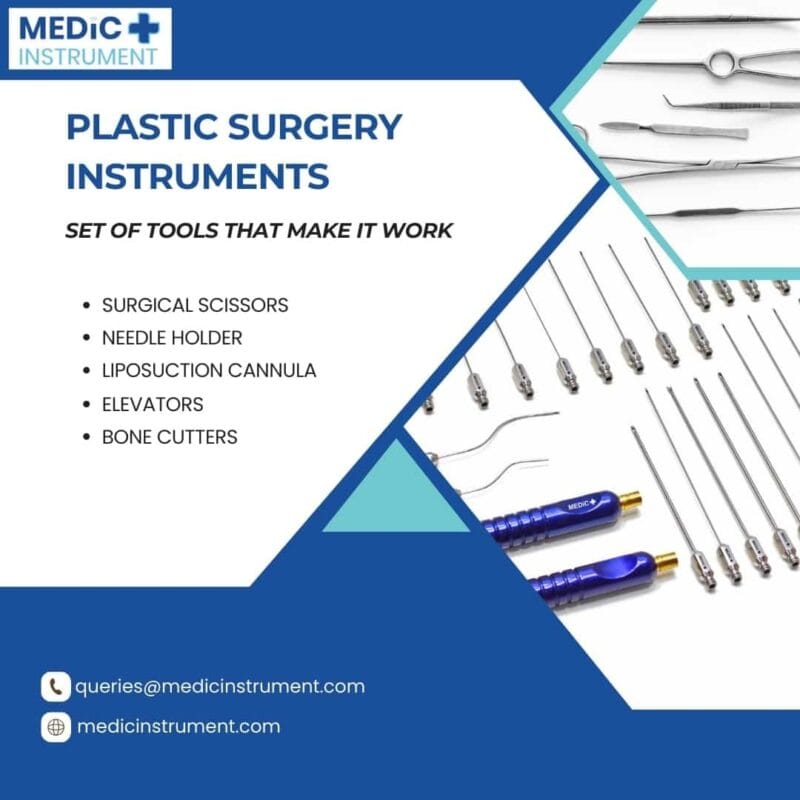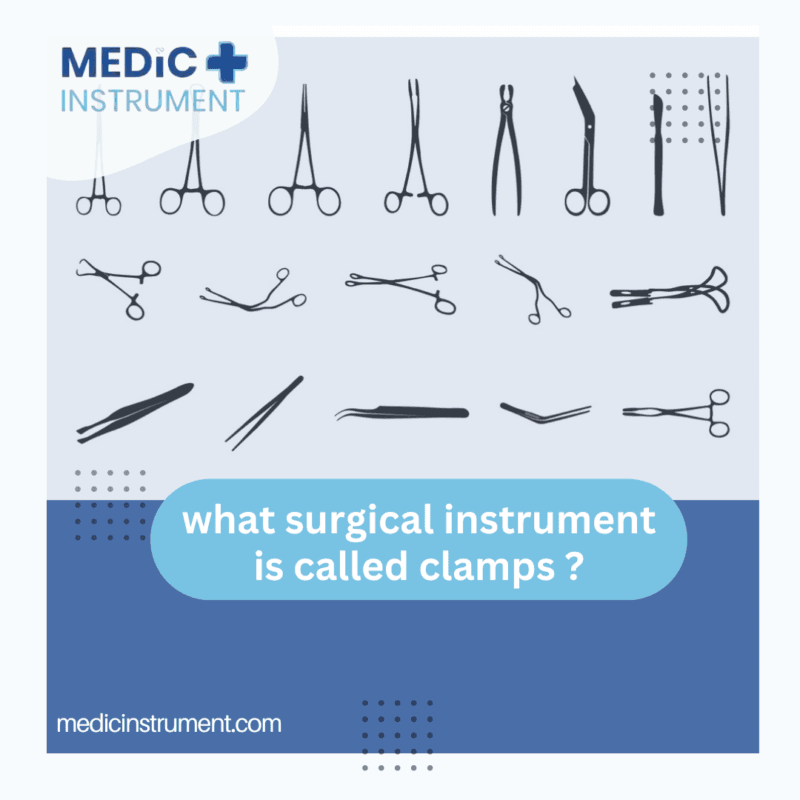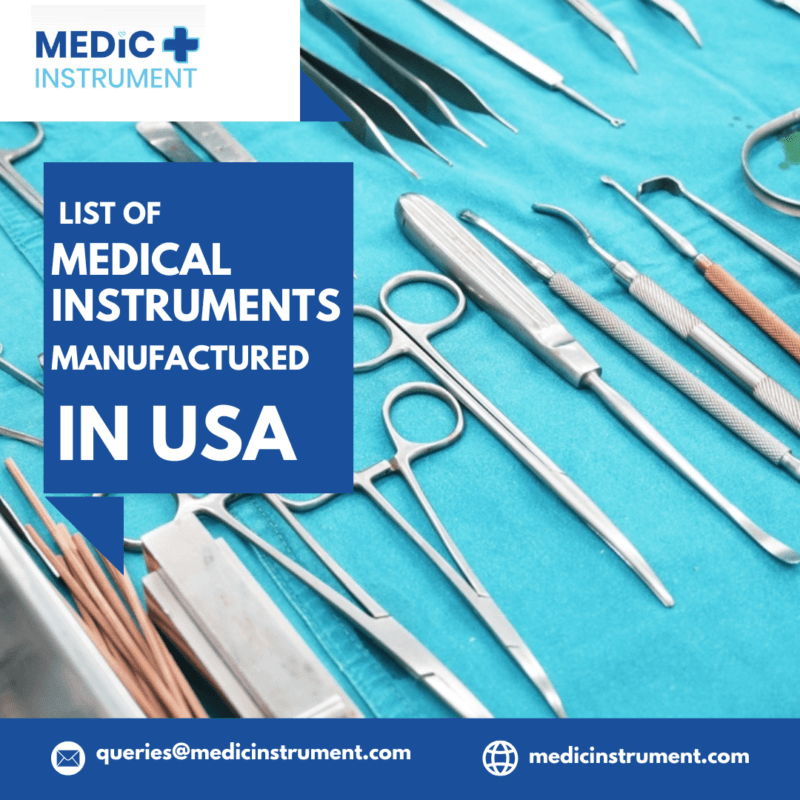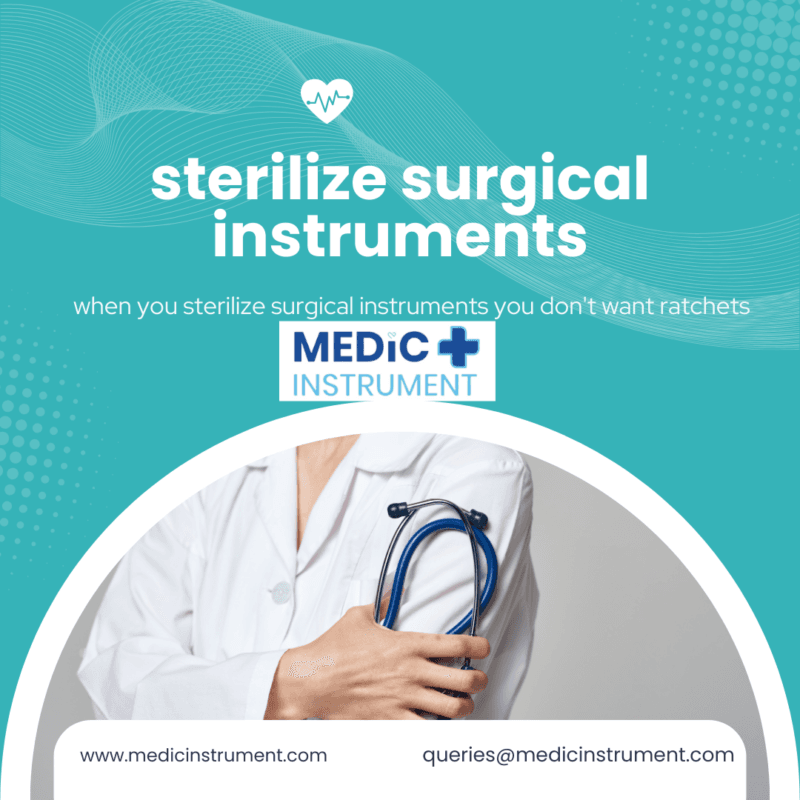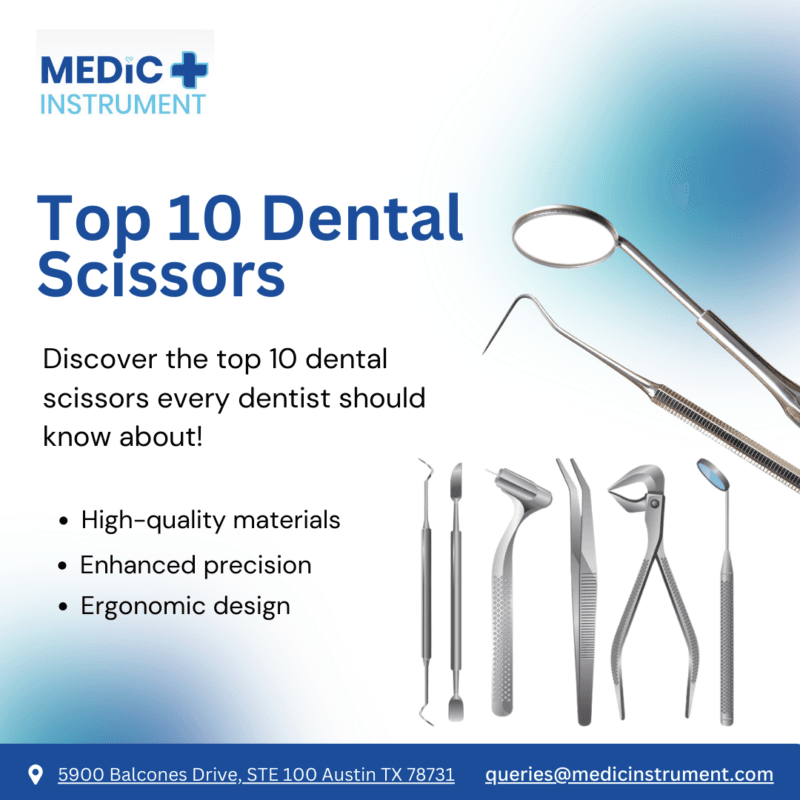Maxillofacial Surgical Instruments Bone Drills to Tissue Retractors

Maxillofacial surgery is a specialized field that combines aspects of plastic surgery, dentistry, and head and neck surgery. This type of surgery addresses complex conditions affecting the jaw, face, and skull, including trauma repair, corrective jaw surgery, and treatment of congenital anomalies. As a result, maxillofacial surgical instruments play a crucial role in ensuring the success and safety of these intricate procedures. These instruments are designed to offer surgeons precision and control when working with delicate facial structures and tissues. In this article, we’ll explore the types of maxillofacial surgical instruments, their roles, and how they contribute to modern medical practices.
What is Maxillofacial Surgery?
Maxillofacial surgery is a branch of surgery focused on the treatment of diseases, injuries, and defects affecting the face, jaws, and neck. The word “maxillofacial” refers to both the maxilla (upper jaw) and facial areas, and procedures in this field often require the collaboration of specialists across various disciplines, including oral surgeons, plastic surgeons, and otolaryngologists. This area of surgery can address both functional and aesthetic issues, such as jaw realignment, facial trauma repair, and the correction of congenital abnormalities like cleft lip and palate.
Maxillofacial surgery relies on a range of medical instruments that facilitate precise incisions, tissue manipulation, and bone realignment. Additionally, advanced imaging tools are used to plan surgeries and guide the placement of implants and reconstructions.
Essential Maxillofacial Surgical Instruments
Due to the complexity of facial structures, maxillofacial surgery requires specialized tools that allow surgeons to work with extreme precision. Here are some of the most commonly used instruments in maxillofacial surgery:
1. Osteotomes and Chisels
- Function: Osteotomes and chisels are used to cut or shape bone, especially in jaw surgeries where bone adjustments are needed. These tools help in reshaping the jaw for realignment procedures or to prepare the jaw for implants.
- Types: Available in different shapes and sizes, osteotomes and chisels are selected based on the area and type of bone being modified. Surgeons often use them for both delicate and more aggressive bone remodeling tasks.
2. Bone Routers and Drills
- Function: Bone routers and drills assist in removing and reshaping bone tissue. These tools are essential for preparing the jaw and face for implants or for reshaping the bones to correct deformities.
- Types: High-speed drills and routers come with various drill bits that are selected based on specific requirements, such as cutting or smoothing edges, allowing for customized surgical approaches.
3. Bone Plates and Screws
- Function: Bone plates and screws are essential in stabilizing fractures and providing support during the healing process. After realignment or reconstructive procedures, these materials hold bones in place to ensure proper recovery.
- Types: Plates and screws vary in size and design, allowing for the stabilization of different facial structures. These fixation devices are made from materials like titanium, which offers strength and biocompatibility, reducing the likelihood of rejection.
4. Retractors
- Function: Retractors hold back tissues, providing a clear view of the surgical area. In maxillofacial surgery, retractors are crucial for exposing deeper structures, such as muscles, bones, and nerves.
- Types: Handheld and self-retaining retractors are available, with specific designs for different facial regions. Common types include the Weitlaner and cheek retractors, each tailored to maintain visibility and control during surgery.
5. Forceps and Needle Holders
- Function: Forceps are used to grip tissues, while needle holders are essential for suturing during wound closure.
- Types: Tissue forceps have fine tips that allow surgeons to handle delicate structures without causing trauma. Needle holders come in various sizes and provide the grip needed to make precise, stable stitches during wound closure.
6. Scissors and Blades
- Function: Scissors and scalpel blades are used for cutting tissues with precision. Surgical scissors are particularly helpful in separating tissues during reconstructive procedures.
- Types: Scissors can be straight, curved, or angled, each suited for different areas of the face. Blades are chosen based on incision size, with smaller blades allowing for precise cuts around sensitive areas like the eyes and lips.
Medical and Plastic Surgery Instruments in Maxillofacial Surgery
Maxillofacial surgeries are often complex and require a seamless integration of different surgical disciplines, drawing on instruments typically used in both medical instruments and plastic surgery instruments toolkits. The precision required in maxillofacial procedures aligns with the requirements in plastic surgery, where delicate handling and precise incisions are paramount.
Diagnostic Tools
Before maxillofacial surgery, diagnostic imaging tools like X-rays, CT scans, and MRIs play a vital role in planning. These imaging techniques allow surgeons to map out the surgical area accurately, which is critical for procedures like tumor removal, jaw realignment, or trauma repair. Accurate diagnostics guide the use of specific maxillofacial and plastic surgery instruments, ensuring that the right approach is taken for each case.
Surgical Precision and Aesthetic Considerations
Maxillofacial surgeons are tasked with maintaining both the functional and aesthetic aspects of the face. For instance, reconstructive surgery following trauma must restore the natural appearance and function of the jaw, mouth, and nose. Plastic surgery instruments, such as delicate scalpels and micro-suturing tools, are often used to refine tissue work and enhance aesthetic outcomes.
The intersection of maxillofacial surgery and plastic surgery is also evident in procedures that require tissue grafting or implants. In these cases, precision tools ensure that bone and soft tissue structures are aligned and supported properly, promoting natural facial symmetry and function.
Post-Operative Care and Recovery
Post-operative care is essential in maxillofacial surgery to prevent complications and promote healing. Medical instruments like suction devices and wound care supplies are used immediately after surgery to manage bleeding and prevent infection. In cases where sutures are involved, absorbable sutures may be selected to minimize the need for removal, promoting faster and more comfortable recovery for the patient.
Advancements in Maxillofacial Surgical Instruments
As technology advances, so does the sophistication of maxillofacial surgical instruments. Innovations such as laser-assisted tools, ultrasonic devices, and robotic-assisted surgery are emerging in maxillofacial procedures, allowing surgeons to operate with even greater precision. Laser tools, for instance, are particularly beneficial in reducing bleeding, shortening recovery times, and increasing surgical accuracy, which is crucial when working near sensitive structures.
Robotic systems have also shown promise in maxillofacial surgery, as they offer enhanced stability and control in complex procedures. These systems use real-time imaging and precise instrument control to assist surgeons, helping to reduce human error and improve patient outcomes.
Importance of Quality and Maintenance
The quality and condition of maxillofacial surgical instruments directly impact patient safety and outcomes. Routine maintenance, cleaning, and sterilization are essential practices that prevent infections and preserve the lifespan of these tools. Most surgical instruments used in maxillofacial procedures are crafted from stainless steel or titanium for durability and ease of sterilization. Regular inspection for signs of wear, dullness, or damage is also critical, as worn instruments can compromise precision and increase the risk of tissue trauma.
Conclusion:
Maxillofacial surgery relies on a blend of advanced medical instruments, plastic surgery instruments, and specialized maxillofacial tools to address complex facial and jaw conditions. These instruments enable surgeons to perform procedures that not only restore function but also enhance aesthetic harmony, which is vital in an area as visible and intricate as the face. As technology continues to advance, maxillofacial surgical instruments will evolve, becoming even more refined and capable, further enhancing the precision, safety, and effectiveness of these life-changing procedures.



